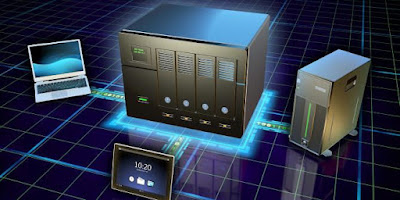Consumer network attached storage (NAS) is one of the most common types of shared storage available today. It is the simplest and cheapest way to share data with other people, and it can store a vast amount of data. Unlike the cloud, where the speed of data transfer depends on a variety of factors, NAS is limited by hardware and network speeds. Moreover, computers can connect directly to NAS devices using USB. This allows the users to access data at a speed that is comparable to that of the hard drives. For instance, in December 2021, a data storage provider firm in the U.S., Seagate Technology, launched a 20TB IronWolf hard drive to boost the storage capacities of businesses.
Consumer network attached storage (NAS) devices typically include an operating system and an application suite, and most of them are capable of clustering. Unlike file servers, NAS devices do not need to be powered on, so they are ideal for sharing data and information with other users. Some devices also have multiple drive bays to facilitate easy upgrades. The advantage of these devices is that they do not need to be powered on. This makes them very convenient for shared users.
Consumer network attached storage (NAS) devices come with a full operating system and applications, and most of them support the Linux operating system. Many models also have expandable memory modules, which smooth the transfer of large amounts of data. Some NAS DiskStation devices include SSD drive bays to speed up access to files. Others come with USB ports, and some are suitable for use in cabinets. There are also five different deployment options for NAS devices, and they can be managed with the help of a single network manager.





No comments:
Post a Comment